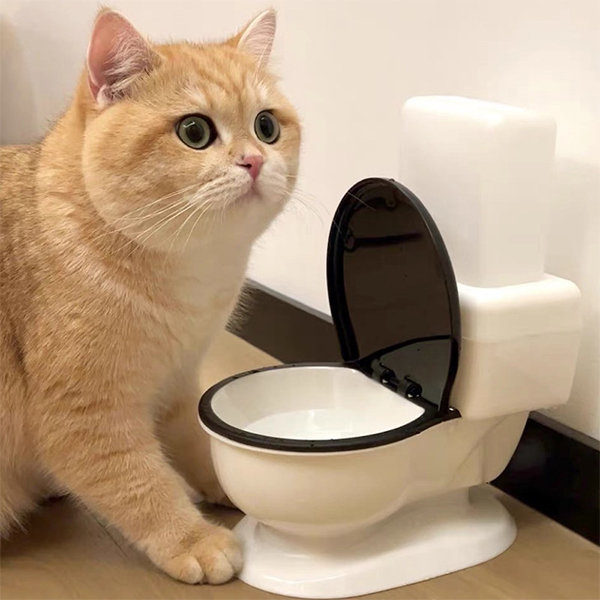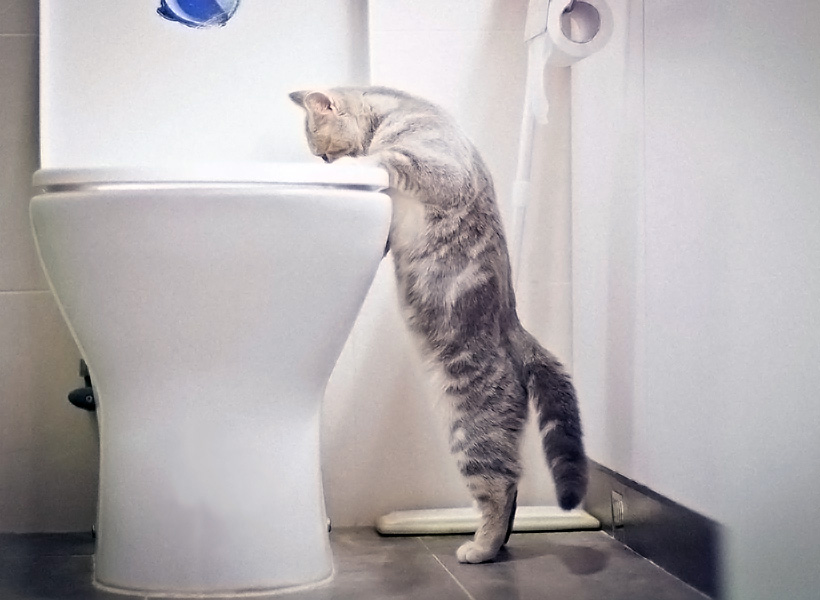Potential Issues of Flushing Cat Poop Down Your Toilet - Safeguard Your Plumbing
Potential Issues of Flushing Cat Poop Down Your Toilet - Safeguard Your Plumbing
Blog Article
What're your thoughts about Can You Flush Cat Poop Down The Toilet??

Introduction
As pet cat proprietors, it's important to be mindful of how we get rid of our feline pals' waste. While it might appear convenient to flush pet cat poop down the commode, this practice can have damaging effects for both the environment and human health.
Alternatives to Flushing
Luckily, there are more secure and more accountable methods to take care of cat poop. Consider the complying with options:
1. Scoop and Dispose in Trash
One of the most usual method of dealing with feline poop is to scoop it right into a biodegradable bag and throw it in the trash. Be sure to utilize a specialized trash inside story and deal with the waste immediately.
2. Usage Biodegradable Litter
Select eco-friendly pet cat clutter made from products such as corn or wheat. These clutters are eco-friendly and can be securely taken care of in the garbage.
3. Hide in the Yard
If you have a backyard, take into consideration hiding pet cat waste in a marked location far from veggie gardens and water sources. Be sure to dig deep enough to prevent contamination of groundwater.
4. Mount a Pet Waste Disposal System
Buy a pet dog waste disposal system particularly created for feline waste. These systems utilize enzymes to break down the waste, reducing odor and ecological effect.
Health and wellness Risks
In addition to environmental problems, purging feline waste can likewise position health threats to human beings. Feline feces may have Toxoplasma gondii, a bloodsucker that can cause toxoplasmosis-- a possibly serious disease, especially for pregnant females and people with weakened body immune systems.
Ecological Impact
Purging feline poop introduces harmful virus and parasites right into the water system, positioning a substantial danger to aquatic ecosystems. These impurities can negatively influence marine life and concession water high quality.
Conclusion
Liable family pet ownership extends past supplying food and sanctuary-- it likewise entails appropriate waste management. By avoiding flushing feline poop down the bathroom and going with alternative disposal approaches, we can reduce our ecological footprint and secure human health.
Why Can’t I Flush Cat Poop?
It Spreads a Parasite
Cats are frequently infected with a parasite called toxoplasma gondii. The parasite causes an infection called toxoplasmosis. It is usually harmless to cats. The parasite only uses cat poop as a host for its eggs. Otherwise, the cat’s immune system usually keeps the infection at low enough levels to maintain its own health. But it does not stop the develop of eggs. These eggs are tiny and surprisingly tough. They may survive for a year before they begin to grow. But that’s the problem.
Our wastewater system is not designed to deal with toxoplasmosis eggs. Instead, most eggs will flush from your toilet into sewers and wastewater management plants. After the sewage is treated for many other harmful things in it, it is typically released into local rivers, lakes, or oceans. Here, the toxoplasmosis eggs can find new hosts, including starfish, crabs, otters, and many other wildlife. For many, this is a significant risk to their health. Toxoplasmosis can also end up infecting water sources that are important for agriculture, which means our deer, pigs, and sheep can get infected too.
Is There Risk to Humans?
There can be a risk to human life from flushing cat poop down the toilet. If you do so, the parasites from your cat’s poop can end up in shellfish, game animals, or livestock. If this meat is then served raw or undercooked, the people who eat it can get sick.
In fact, according to the CDC, 40 million people in the United States are infected with toxoplasma gondii. They get it from exposure to infected seafood, or from some kind of cat poop contamination, like drinking from a stream that is contaminated or touching anything that has come into contact with cat poop. That includes just cleaning a cat litter box.
Most people who get infected with these parasites will not develop any symptoms. However, for pregnant women or for those with compromised immune systems, the parasite can cause severe health problems.
How to Handle Cat Poop
The best way to handle cat poop is actually to clean the box more often. The eggs that the parasite sheds will not become active until one to five days after the cat poops. That means that if you clean daily, you’re much less likely to come into direct contact with infectious eggs.
That said, always dispose of cat poop in the garbage and not down the toilet. Wash your hands before and after you clean the litter box, and bring the bag of poop right outside to your garbage bins.
https://trenchlesssolutionsusa.com/why-cant-i-flush-cat-poop/

I came across that blog posting on How to Dispose of Cat Poop and Litter Without Plastic Bags while browsing the internet. In case you liked our article kindly be sure to pass it around. I treasure reading our article about Can You Flush Cat Poop Down The Toilet?.
Explore Report this page